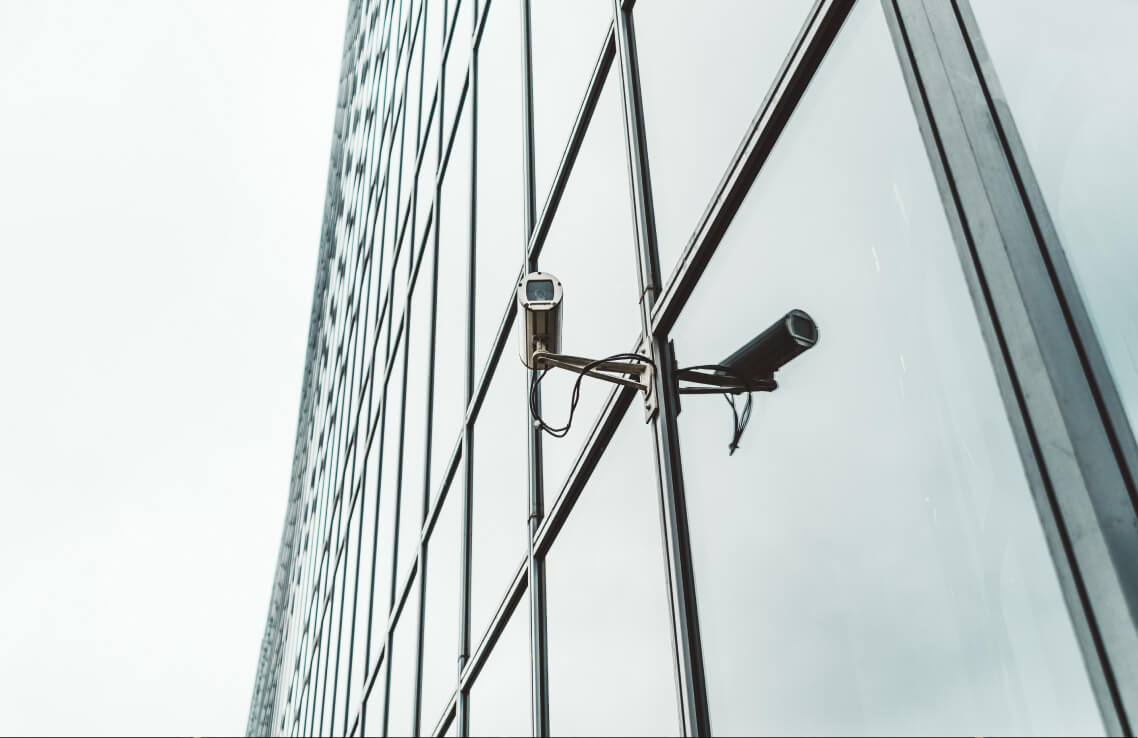As 2024 progresses, the SPAC market has experienced a notable shift. After years of growth, it’s now stabilizing and placing greater emphasis on quality rather than quantity. Despite only 9 completed deals so far, the deal volume in 2024 has already surpassed that of 2023, totaling $152 million compared to 31 deals amounting to $124 million in the previous year.
This article will provide you with an overview of how a SPAC merger works, how it’s different from a traditional IPO, and what happens to SPAC stock after the merger. It also presents important statistics and explains why a SPAC deal can be risky for young and inexperienced investors.
What is a SPAC merger?
A special purpose acquisition company (SPAC) is an entity with no commercial operations that completes an initial public offering (IPO) and becomes a public company. After that, a SPAC acquires or, more frequently, merges with an existing private company. The purpose of acquiring is to bring it to the public market. In such a way, an acquisition target avoids the traditional IPO process.
Usually, SPACs don’t provide investors with information about the target companies they will acquire. Moreover, it’s common for a SPAC to be formed before a target firm is even selected.
As a result, an SPAC is often described as a blank check company since investors provide funds to the SPAC without having any knowledge about the details of the merger.
Note: M&A experts often compare SPAC with a reverse triangular merger by M&A experts due to its nature.
SPACs are subject to the U.S. Securities and Exchange Commission (SEC), which controls and investigates the deals and enhances investor protection.
How does a SPAC merger work?
Let’s explore the three key phases in a typical SPAC deal structure and see how a SPAC works on a real-life example of Lucid Motors’ merger with Churchill Capital Corp IV.
1. SPAC formation and IPO
Private equity firms or individuals like former business executives form a management team and find a special purpose acquisition company using nominal invested capital, also known as founder shares. This shell company now exists only on paper and has no employees.
The SPAC then goes through an IPO, during which public investors purchase about 80% of the SPAC’s shares, and about 20% of the shares are held by the SPAC founders. Normally, the SPAC stock is priced at $10 per unit. This unit consists of one share of common stock and a warrant. After that, proceeds are placed into a trust account.
Example: In April 2020, Churchill Capital Corp IV (CCIV) was formed by financier and former Citigroup banker Michael Klein with the purpose of raising capital through an IPO. In July 2020, CCIV completed its IPO, raising funds from public investors.
2. SPAC target search
Following the IPO, the SPAC typically has 18–24 months to find a target business and complete a SPAC merger. However, if needed, a SPAC management team is allowed to change the timeframe. If a SPAC fails to find and merge with the target, it’s liquidated, and all SPAC investors get their money back.
When a SPAC finds a promising private company, they enter into negotiations and often begin the process by signing a letter of intent (LOI). This document outlines the preliminary terms and conditions of the potential merger or acquisition. After that, due diligence is conducted, which involves reviewing the target company’s financial statements.
If the SPAC requires additional funds to finance the SPAC deal, it may:
- Seek debt financings, such as loans, registered notes, or private placements
- Offer more common stocks to public shareholders
- Offer institutional investors the right to purchase common stock through private investment in public equity deals
Example: Following its IPO, CCIV began searching for a target company to merge with. In early 2021, rumors appeared that CCIV was about to merge with Lucid Motors, an American electric vehicle manufacturer. The deal progressed, and CCIV entered into discussions with Lucid Motors.
3. De-SPAC merger
A De-SPAC merger occurs when a special purpose acquisition company acquires or merges with a private company. The process normally takes about six to eight weeks and involves:
- Obtaining shareholder approval for a merger by voting (warrant holders normally don’t have voting rights and only whole warrants are exercisable)
- Preparing regulatory documents
- Meeting with prospective shareholders
- Controlling from the SEC
Before the proposed merger is finalized, SPAC’s public shareholders can cash out their IPO proceeds if they want to avoid investing in the target company.
In general, a SPAC IPO may go through several rounds of sourcing and negotiating before a deal is closed.
Example: In February 2021, CCIV officially announced its merger agreement with Lucid Motors, valuing the combined company at around $24 billion. Shareholders of CCIV voted to approve the merger, and regulatory filings were prepared and submitted to the SEC. The merger process was completed in a matter of weeks, allowing Lucid Motors to become a publicly traded company through the SPAC.
Note: Learn about other types of mergers and acquisitions, such as vertical and horizontal mergers, in our dedicated article.
The most important SPAC statistics
Below are six key statistical facts regarding SPAC investments over recent years:
- Just as Harvard Business Review predicted, after a record-breaking year in 2021 with 613 SPAC deals, the activity in the SPAC market has steadily declined. In 2022, there were 86 deals, followed by 31 deals in 2023.
- The average gross IPO proceeds dropped from approximately $156 million in 2022 to $125 million in 2023, while liquidations rose from 145 to 197.
- So far in 2024, there have been 9 deals completed with IPO proceeds amounting to $152 million. An additional 34 deals are pending.
- In 2023, the top industries for completing SPAC IPO deals were technology, media and telecommunications, healthcare, and energy and natural resources.
- In 2023, South Korea, the USA, and Canada ranked as the top three countries for completing SPAC IPOs.
- In 2023, Goldman Sachs & Co. was the top financial advisor for SPAC IPOs in the United States, managing deals with the highest transaction value. JP Morgan Chase and Morgan Stanley held the second and third positions, respectively.
Advantages and risks of SPACs
Drawing on our own experience, we’ve developed a list of reasons why IPO investors should or should not put their money in special-purpose acquisition companies.
Advantages
Here are the benefits and investment opportunities that companies and SPAC’s shareholders receive:
- Faster execution
The most significant benefit is that a target company can reach the public markets faster with a SPAC (3–6 months) than with a traditional IPO (12–18 months).
- Stable price
In a conventional IPO, the price per share fluctuates depending on the demand and market conditions. Meanwhile, a SPAC sponsor and the target company lock in a fixed price.
- Possibility to raise additional capital
When required, SPAC sponsors can raise debt or PIPE funding in addition to their original capital to fund the transaction and to ensure a successful business combination. Read about different methods of capital raising in our article.
- Greater control
A private company that wants to go public has much more control over the SPAC acquisition rather than during a traditional IPO.
- Experienced management teams
SPAC sponsors are usually experienced financial and industrial professionals that can offer their management and operations expertise to the target company.
Note: In evaluating the potential success of a SPAC deal, financial modeling plays a crucial role. It allows stakeholders to assess various scenarios, including valuation projections, capital structure optimization, and risk analysis. We recommend reading our dedicated article for insights into financial modeling examples and methodologies.
Risks
Based on our observations, SPACs may potentially face the following threats:
- Limited timeframe
Even though SPAC sponsors offer help to the target company during the transaction, it’s the target that is obliged to prepare the required financial documents. However, with limited time, it may fail to do so properly.
- Less strict due diligence
While a traditional IPO requires conducting extensive due diligence, the SPAC merger process is less strict. Yet poorly conducted due diligence in the conditions of a reduced timeframe may lead to incorrectly valued business or even lawsuits.
That’s why private companies should be cautious when going public through SPACs. Here’s what Dean Bell, a deal advisory leader at KPMG US, had to say on this subject:
The more a company peels away at a SPAC merger, the more it is likely to find ‘unknown unknowns’ that need to be addressed and resolved at pace. That’s why SPACs are really more suitable for companies that are demonstrating a degree of maturity, and where they have already embedded value creation and operational excellence.
Key takeaways
Here are the main points to remember about SPAC companies:
- Special purpose acquisition companies (SPACs), also known as blank check companies, are entities with no business operations formed to raise capital through an initial public offering (IPO), merge with a target company, and take it public.
- Three main stages of a standard SPAC deal include SPAC formation and IPO, SPAC target search, and De-SPAC merger.
- The main advantages of SPAC mergers is that it takes less time (3–6 months) as compared with the traditional IPO process (12–18 months).
- The main disadvantage of going public through a SPAC is that a target company is limited on time. Thus, when it comes to conducting due diligence and preparing the required documents for the SEC, it may fail to do so properly.
SPAC mergers offer a quick way for private companies to enter the public market, providing unique opportunities for growth and expansion. However, stakeholders must carefully consider various factors, like a limited timeframe, to ensure successful outcomes.
FAQ
What happens to SPAC shares after a merger?
When the merger is completed, SPAC shares remain listed on the same exchange and trade like any other stock. However, the ticker symbol and company name are changed to reflect the new combined entity.
How long does a SPAC merger take?
A SPAC merge usually takes 18 to 24 months.
How does SPAC merger work?
First, a SPAC raises capital through an initial public offering (IPO). Then, it acquires or merges with an existing private company. After that, the private company becomes a listed public company without having to execute an IPO.
What is a SPAC reverse merger?
In a reverse merger, a private company purchases a listed shell company — an organization that has no commercial and business operations but is a publicly traded company. Afterward, a private company becomes a public entity without having to undergo a traditional IPO.
What happens to stock if the SPAC merger fails?
If a SPAC and a target company don’t merge during the required time, usually 18–24 months, the SPAC is liquidated, and investors receive their funds back.


